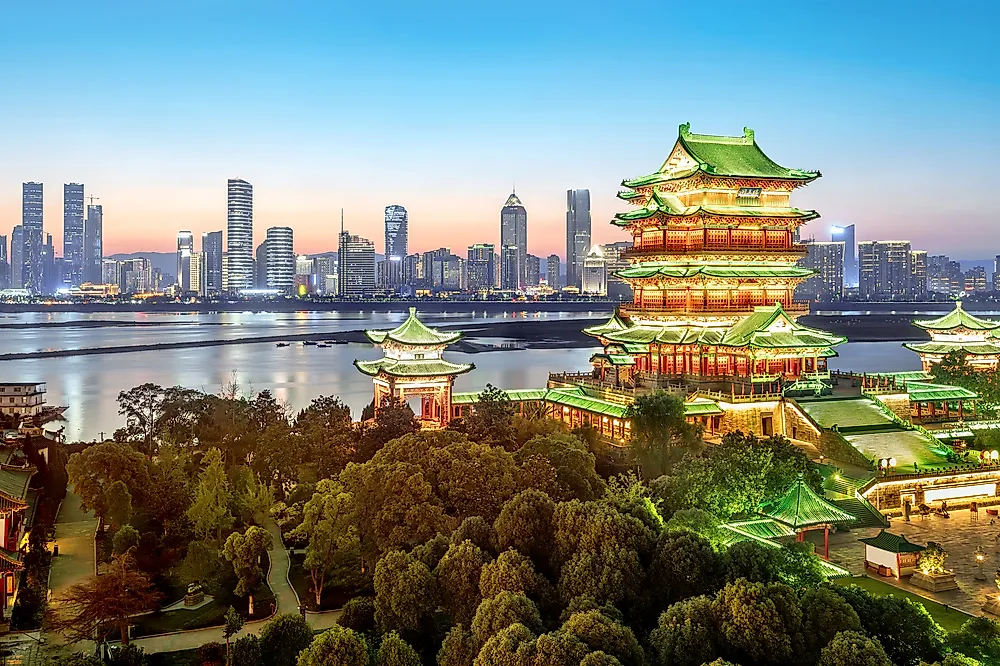The Cultural Significance Of Jiangguanchi In Local Festivals
Share

Jiangguanchi, a traditional Chinese dish, holds a special place in the cultural fabric of local festivals across China. This unique dish, often made with glutinous rice and various fillings, is not just a culinary delight but also a symbol of community and celebration. Understanding its significance during local festivals offers a glimpse into the rich tapestry of Chinese culture.
What is Jiangguanchi?
Jiangguanchi is a type of rice cake that varies in preparation and ingredients depending on the region. Typically, it consists of glutinous rice flour mixed with water and filled with sweet or savory ingredients. The dish is often steamed or boiled, resulting in a chewy texture that is both satisfying and delicious.

Historical Background
The origins of Jiangguanchi can be traced back to ancient China, where it was initially prepared for special occasions and festivals. Over time, it evolved into a staple during various celebrations, particularly during the Lunar New Year and the Mid-Autumn Festival. The dish symbolizes prosperity, unity, and the hope for a bountiful harvest.
Jiangguanchi in Local Festivals
Lunar New Year Celebrations
During the Lunar New Year, Jiangguanchi is often prepared as part of the festive meals. Families come together to make this dish, reinforcing bonds and sharing traditions. The act of preparing Jiangguanchi is a communal activity, where recipes are passed down through generations, ensuring that the cultural significance of the dish remains alive.
Mid-Autumn Festival
The Mid-Autumn Festival is another occasion where Jiangguanchi shines. As families gather to celebrate the harvest moon, this dish is often served alongside mooncakes. The chewy texture of Jiangguanchi complements the sweetness of mooncakes, creating a delightful culinary experience. The festival is a time for family reunions, and Jiangguanchi plays a pivotal role in these gatherings.
Regional Variations
Different regions in China have their own unique takes on Jiangguanchi, reflecting local ingredients and culinary traditions. For instance, in southern China, the dish may be filled with sweet red bean paste, while in northern regions, savory fillings like pork or vegetables are more common. This diversity adds to the richness of the cultural experience during festivals.
The Symbolism of Jiangguanchi
Unity and Togetherness
Jiangguanchi is more than just food; it embodies the spirit of unity and togetherness. The preparation of this dish often involves family members working side by side, fostering connections and creating lasting memories. The act of sharing Jiangguanchi during festivals symbolizes the importance of community and family ties.
Prosperity and Good Fortune
In Chinese culture, food often carries symbolic meanings. Jiangguanchi is associated with prosperity and good fortune, making it a fitting dish for celebrations. The round shape of the rice cake is believed to represent completeness and wholeness, further enhancing its significance during festive occasions.
Preparing Jiangguanchi: A Family Tradition
Ingredients and Preparation
Making Jiangguanchi is a labor of love that involves selecting quality ingredients. Common fillings include sweet red bean paste, lotus seed paste, or savory options like minced pork and vegetables. The process typically involves soaking glutinous rice, grinding it into flour, and then mixing it with water to form a dough.
Families often gather to prepare Jiangguanchi, turning the cooking process into a festive activity. This not only strengthens family bonds but also ensures that traditional recipes are preserved for future generations.
Cooking Methods
Jiangguanchi can be steamed, boiled, or even pan-fried, depending on regional preferences. Each cooking method imparts a unique flavor and texture to the dish, making it a versatile option for various occasions.
Jiangguanchi and Modern Festivals
Contemporary Celebrations
In recent years, Jiangguanchi has found its way into modern festivals and events, both in China and abroad. Food festivals celebrating Chinese culture often feature Jiangguanchi, allowing a broader audience to appreciate its significance.
Fusion Variations
As culinary trends evolve, chefs are experimenting with Jiangguanchi, creating fusion versions that incorporate international flavors. This innovation keeps the dish relevant while honoring its traditional roots.
The Future of Jiangguanchi in Festivals
Preserving Tradition
As globalization continues to influence culinary practices, preserving the traditional methods of making Jiangguanchi becomes essential. Many families are actively working to keep these traditions alive, ensuring that future generations understand the cultural significance of this dish.
Educational Initiatives
Culinary schools and cultural organizations are beginning to offer workshops on traditional Chinese cooking, including Jiangguanchi. These initiatives aim to educate people about the dish's history and its role in local festivals, fostering a deeper appreciation for Chinese culinary heritage.
Conclusion
Jiangguanchi is more than just a delicious dish; it is a cultural emblem that represents unity, prosperity, and the importance of family in Chinese society. As you plan your next trip to China, consider participating in local festivals where Jiangguanchi is celebrated. Not only will you enjoy a delightful culinary experience, but you'll also gain insight into the rich traditions that make Chinese culture so vibrant.
For your travel needs, consider booking your hotels and flights through the following links: Hotels & Flights and Transfers. Embrace the flavors and traditions of Jiangguanchi during your next festival visit!



